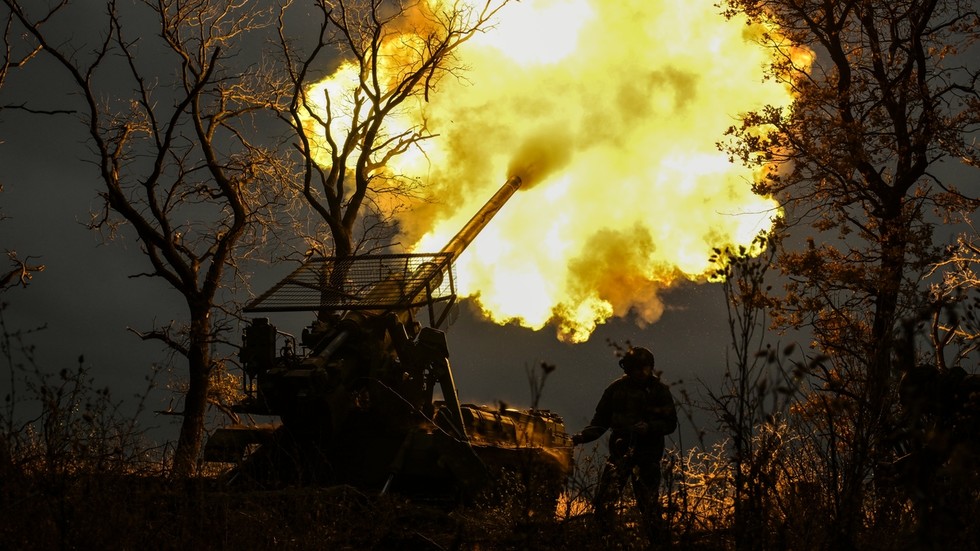A new day breaks to the rhythmic shuffling of bare feet upon the ground.
Like an apparition from centuries past, a procession of several hundred shaven-headed monks emerges through the dawn mist, snaking its way through the sleepy narrow streets. Buddhist locals line the route to make their daily offerings of rice and fruit as the monks file by with their alms bowls. Then, as silently as they appeared, the monks disappear back inside their temple walls, their saffron robes billowing softly behind them.
 A monk rushes to dawn prayers and meditation at one of the hundreds of Buddhist temples in Luang Prabang, Laos [Jack Picone/Al Jazeera]
A monk rushes to dawn prayers and meditation at one of the hundreds of Buddhist temples in Luang Prabang, Laos [Jack Picone/Al Jazeera]This dawn ritual in Luang Prabang is just one aspect of life that lends the small city its ethereal, forgotten air. Located in the country of Laos, 370km (229 miles) northwest of the capital, Vientiane, Luang Prabang lies in a beautiful valley at the confluence of the Mekong and Nam Khan rivers.
That, during parts of the 20th century, the borders of Laos were sealed to foreigners, combined with its shimmering temples and ancient religious aura, has ensured the town has remained one of the most cloistered, unspoiled places on the planet.

 6 months ago
36
6 months ago
36







